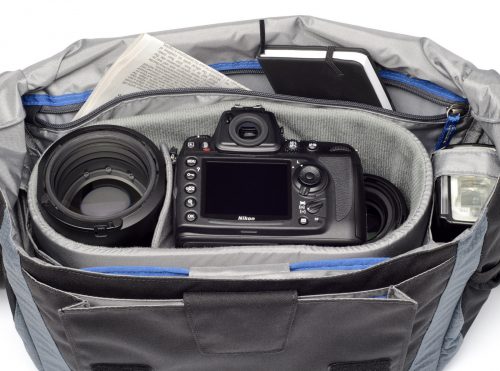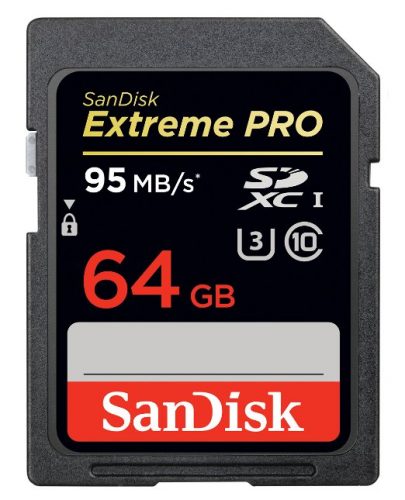
Getting to take pictures with DSLR or mirrorless camera gear while traveling is thrilling. You don’t know when you’ll return to the location, and you want to capture every important moment while you’re there. Packing the right equipment ensures your camera stays safe and you maximize your shooting potential while you’re traveling.

Camera bag or backpack
A proper camera bag or backpack protects your expensive camera equipment while you’re not shooting. Invest in a high-quality, waterproof camera bag with sufficient storage space for your gear. Take care to select a bag that will hold the gear you need without weighing you down too much. There are camera bags available in a wide range of styles to suit virtually every photographer’s needs, including budget. Choose from messenger bags, backpacks, sling-style bags, and more. Just a few popular camera bag brands include LowePro, ThinkTank, ONA, and Langly. After you’ve narrowed down a few bags, search YouTube to learn more about them.

Comfortable camera strap
The neck strap issued with DSLR and mirrorless cameras isn’t very comfortable, particularly for extended wear. If you’ll be spending hours on your feet with your camera gear, purchase an ergonomic camera strap, such as a BlackRapid or Peak Design model. You’ll have more padding, be able to carry your camera at a more natural angle, and be able to adjust the strap as needed to ensure optimal comfort.

CPL filters
A circular polarizer (CPL) filter is like sunglasses for your lens. When you’re shooting in bright sunlit conditions, a CPL filter saturates the colors and minimizes blown out highlights. A CPL filter is a must-have item for any photographer but is essential for traveling, when you’re often shooting in mid-day when the sun is directly overhead. CPL filters are available for every common lens filter size. You can even purchase CPL filters for GoPros and other action cameras.

Rain protection
You never know when the weather is going to turn nasty while you’re traveling. Most mirrorless and DSLR cameras aren’t waterproof. Even waterproof equipment isn’t designed to withstand significant water exposure. Bringing rain protection may mean the difference between shooting safely and not shooting at all or worse, risking damage to your gear. In a pinch, wrap your camera body and lens in a plastic grocery bag, Ziploc bag, or bubble wrap. Low-budget OP/TECH rain sleeves will also get you through a rainy stretch during a vacation.

Ample memory storage
Digital memory for mirrorless and DSLR cameras is inexpensive. There’s no reason to limit the number of shots you take or spend time deleting shots because you’re short on memory space. Bring along a small selection of 32GB and 64GB memory cards so you have plenty of space, and your photos and videos are split between multiple cards. If you’re trying to save a few bucks, watch for deals on Amazon on big brand names, such as SanDisk, instead of purchasing a cheaper brand.

Backup sources
Backing up your photos daily ensures you won’t lose all your images if something happens to your camera or memory card. The simplest way to back up your photos while you’re traveling is to transfer them to an external drive with a laptop. Some high-end external drives even allow backups directly from memory cards. If you have internet access, consider backing up your images to cloud storage as well.
It may take some trial and error to determine which camera gear works best for your photography and travel routines. If a particular item doesn’t work out for you, sell it and put the funds toward your next piece of equipment.


I would recommend extra camera batteries particularly if using a mirror less camera such as a Sony Alpha 7R with an electronic viewfinder and live view tilting screen. The Sony chews power!
I find carrying a Lens Pen anda small microfibre cloth handy.
Otherwise I would endorse the recommendations in the article.
Excellent additions Andrew. Those are three essentials that are almost always in my bag too.